Home>Interior Design>Why Is My Ceiling Cracking?
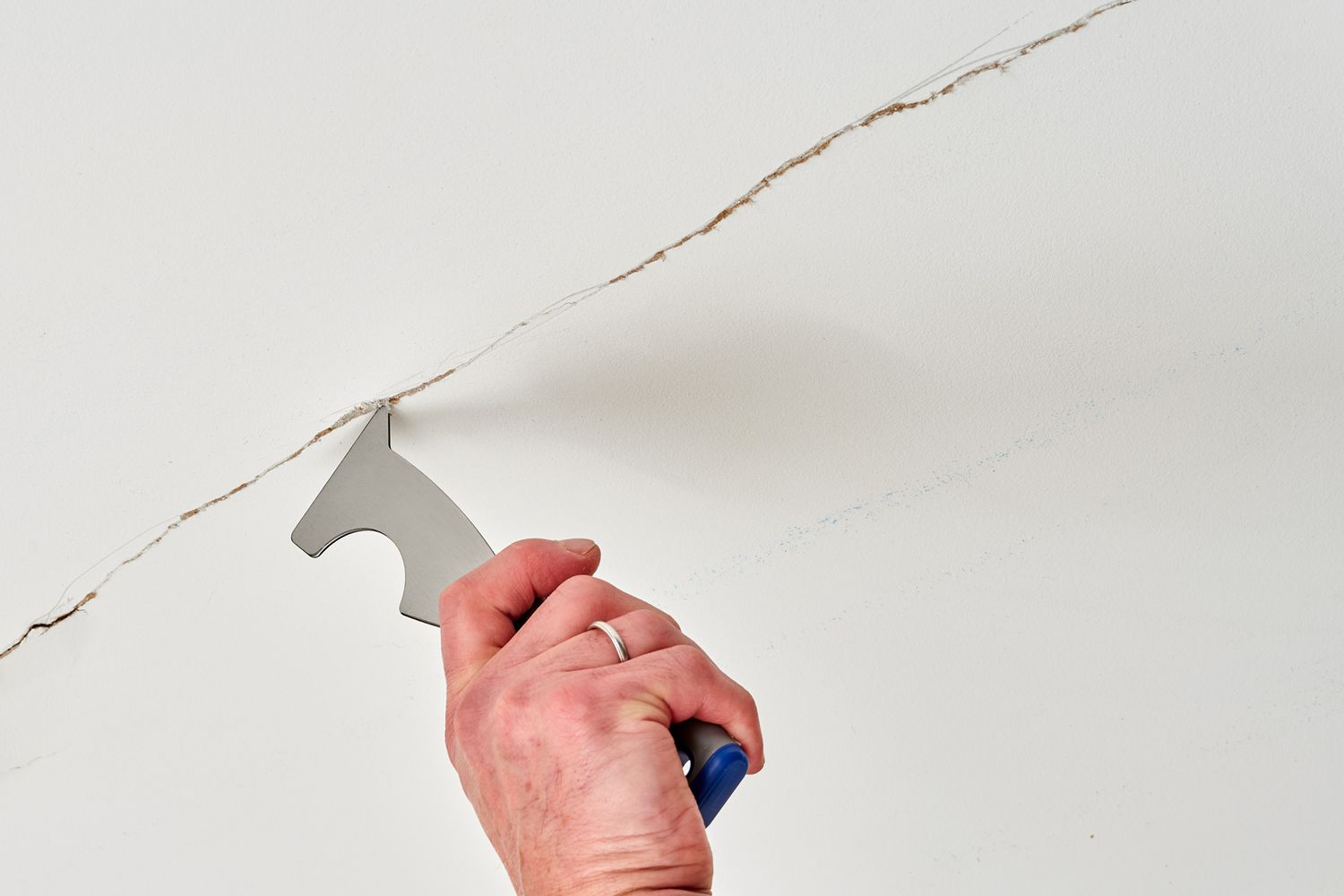

Interior Design
Why Is My Ceiling Cracking?
Modified: March 25, 2024
Learn why your ceiling is cracking and how to fix it with proper interior design techniques. Discover the causes and solutions for a flawless home.
(Many of the links in this article redirect to a specific reviewed product. Your purchase of these products through affiliate links helps to generate commission for Storables.com, at no extra cost. Learn more)
Introduction
Welcome to the world of interior design, where creativity meets functionality to transform ordinary spaces into extraordinary ones. One of the most important elements of any living space is the ceiling, which not only provides architectural structure but also adds aesthetic appeal to a room. However, homeowners may encounter a common problem – ceiling cracking. Whether you have noticed small hairline cracks or more severe structural issues, understanding the causes of ceiling cracks is crucial in maintaining the integrity of your home.
There are several factors that can contribute to ceiling cracks, ranging from minor cosmetic issues to more serious structural concerns. In this article, we will explore the common causes of these cracks, the different types of cracks you may encounter, professional inspection and repair options, as well as prevention and maintenance tips to ensure the longevity of your ceiling.
So, why is your ceiling cracking? Let’s dive into the details and find out.
Key Takeaways:
- Don’t overlook ceiling cracks – they can signal serious structural issues. Addressing causes like settlement, age, moisture, and weight is crucial for maintaining a safe and visually appealing home.
- Regular inspections, proper ventilation, and professional repairs are key to preventing and addressing ceiling cracks. Understanding the types and causes is essential for maintaining a structurally sound and visually appealing ceiling.
Read more: Why Is My Spackle Cracking
Common Causes of Ceiling Cracks
Ceiling cracks can occur due to several underlying causes. Identifying the root cause is essential for determining the appropriate repair and prevention methods. Let’s take a closer look at the most common causes of ceiling cracks:
Settlement and Structural Issues
One of the primary reasons for ceiling cracks is the natural settlement of a building over time. As a property ages, it may undergo slight settlement, causing stress on the ceiling joints and resulting in cracks. Additionally, structural issues such as inadequate support or improper load distribution can lead to significant ceiling cracks. It is important to address these concerns promptly to prevent further damage.
Age and Wear
As your property ages, it is natural for the ceiling to experience wear and tear. Over time, the materials used in construction may degrade, causing the ceiling to crack. This is particularly common in older homes where the ceiling may have been subjected to years of stress and deterioration. Regular maintenance and inspection can help identify and address age-related issues before they worsen.
Moisture and Water Damage
Excessive moisture and water damage can wreak havoc on your ceiling, leading to cracks and other structural issues. Leaky roofs, plumbing leaks, or condensation buildup can introduce moisture into your ceiling, weakening the materials and causing them to crack. It is crucial to address any water-related issues promptly to prevent further damage to your ceiling and the overall integrity of your home.
Read more: Why Do My Candles Crack
Improper Installation or Construction
Ceiling cracks may also occur due to improper installation or construction practices. If the ceiling was not installed correctly or if subpar materials were used, it can significantly impact its durability. Poor craftsmanship, lack of attention to detail, or shortcuts during installation can contribute to ceiling cracks. Hiring experienced professionals for construction and renovation projects is essential to ensure proper installation and minimize the risk of future cracks.
Heavy Weight or Pressure
Excessive weight or pressure on the ceiling can cause cracks to develop, especially in areas where the load-bearing capacity is compromised. This can occur when heavy furniture or equipment is improperly installed or if the weight distribution is uneven. Avoid placing heavy objects directly on the ceiling and consider redistributing the weight to lessen the stress on vulnerable areas.
By understanding these common causes of ceiling cracks, you can take proactive measures to address the issue and prevent further damage. It is crucial to consult professionals for a thorough inspection and evaluation of your specific situation, as they can provide expert guidance on the best course of action.
Signs and Types of Ceiling Cracks
When it comes to ceiling cracks, it is important to not only identify the underlying causes but also understand the different types of cracks you may encounter. Each type of crack provides valuable insights into the severity and potential structural issues. Let’s explore some common signs and types of ceiling cracks:
Hairline Cracks
Hairline cracks are thin, superficial cracks that can often be difficult to notice at first glance. They are typically caused by normal settling or minor shifts in the structure of the building. Hairline cracks are generally less severe and can be easily repaired with minor patching or filling.
Read more: Why Is My Basement Ceiling Leaking
Vertical or Horizontal Cracks
Vertical or horizontal cracks extending across the ceiling can indicate more significant structural issues. Vertical cracks are often associated with foundation or settlement problems, while horizontal cracks may suggest excessive stress or significant movement. These cracks require professional inspection to determine the underlying cause and appropriate repair methods.
Stair-step Cracks
Stair-step cracks, as the name suggests, resemble the pattern of a staircase. These cracks typically occur along the joints or seams of the ceiling and may indicate potential structural problems, such as foundation settlement or shifting. Stair-step cracks should be evaluated by a professional to determine the severity and necessary repairs.
Spiderweb or Alligator Cracks
Spiderweb or alligator cracks are extensive, interconnected cracks that resemble the pattern of a spiderweb or alligator skin. These cracks are often a result of significant structural issues or excessive weight on the ceiling, causing it to buckle and crack. Immediate attention from a professional is crucial to address these types of cracks before they worsen.
Sagging or Bulging
If you notice areas of the ceiling that appear to sag or bulge, it is a clear sign of serious structural issues. Sagging or bulging can be caused by water damage, excessive weight, or compromised structural integrity. These types of cracks require immediate attention and professional assessment to prevent further damage and ensure a safe living environment.
Identifying the signs and types of ceiling cracks is vital in determining the urgency and steps needed to repair and prevent further damage. If you notice any cracks in your ceiling, it is best to consult with a qualified professional who can perform a thorough inspection and recommend the most appropriate course of action.
Read more: How To Cover Cracks In Ceiling
Professional Inspection and Repair Options
When it comes to addressing ceiling cracks, it is crucial to seek professional expertise to accurately assess the severity of the issue and determine the most appropriate repair options. Here are some professional inspection and repair options to consider:
Hiring a Structural Engineer
If you notice significant or recurring ceiling cracks, it is advisable to consult with a structural engineer. A structural engineer specializes in assessing the integrity of building structures and can provide a comprehensive evaluation of your ceiling cracks. They will identify the underlying causes, determine the potential risks, and recommend the necessary repairs or reinforcements to ensure the long-term stability of your home.
Patching and Repairing Cracks
For minor cracks, patching and repairing the affected areas can be a viable solution. This involves using appropriate materials, such as joint compound or plaster, to fill in the cracks and restore the smoothness of the ceiling surface. However, it is important to note that this method only addresses the cosmetic aspect and may not effectively address underlying structural issues.
Reinforcement Methods
If the ceiling cracks are a result of structural issues, reinforcement methods may be required. This can involve adding additional support, such as beams or braces, to strengthen the ceiling and distribute the weight more evenly. Reinforcement methods should be carried out by experienced professionals who can ensure the structural integrity of the repairs.
Read more: How To Repair Plaster Ceiling Cracks
Waterproofing and Moisture Prevention
If the ceiling cracks are due to moisture or water damage, it is crucial to address the root cause to prevent further damage and mold growth. Waterproofing measures, such as sealing leaks, improving ventilation, or applying moisture-resistant coatings, can help protect the ceiling from future cracks caused by water infiltration. Consulting with a professional contractor or water damage specialist is recommended to properly address these issues.
It is important to remember that each ceiling crack situation is unique, and the appropriate repair options will vary depending on the severity and underlying causes. Consulting with professionals who have experience in structural engineering, construction, or waterproofing will ensure that the necessary repairs are carried out effectively and that the integrity of your ceiling is restored.
Prevention and Maintenance Tips
While addressing ceiling cracks is essential, it is equally important to take preventive measures to minimize the risk of future cracks. Here are some prevention and maintenance tips to keep your ceiling in optimal condition:
Regular Inspection and Maintenance
Perform regular visual inspections of your ceiling to identify any signs of cracks, discoloration, or other issues. Pay attention to areas near windows, doors, or where walls meet the ceiling, as these are common areas for cracks to develop. Promptly address any minor issues to prevent them from escalating into major problems.
Proper Ventilation and Humidity Control
Poor ventilation and excessive humidity can lead to moisture buildup, which can weaken the materials of your ceiling and contribute to cracks. Ensure that your home is properly ventilated, especially in areas prone to high humidity, such as bathrooms and kitchens. Use exhaust fans and dehumidifiers to control moisture levels and prevent condensation from accumulating on the ceiling.
Read more: Why Is My Ceiling Fan Clicking
Addressing Plumbing or Roofing Issues
Leaky plumbing pipes or a compromised roof can result in water seeping into your ceiling, causing damage and cracks. Regularly inspect your plumbing system for any leaks or signs of moisture. Additionally, ensure that your roof is properly maintained, with regular inspections and repairs as needed. Addressing plumbing or roofing issues promptly can prevent water damage and subsequent cracks in your ceiling.
Avoiding Excessive Weight on Ceilings
Excessive weight on your ceilings can strain the structure and potentially lead to cracks or even collapse. Avoid hanging heavy objects directly from the ceiling, such as chandeliers or heavy plants, without proper support. Consider redistributing the weight by using ceiling joists or wall-mounted supports. By maintaining an appropriate load on your ceiling, you can minimize the risk of cracks caused by excessive weight.
Professional Installation and Construction
Whether you are building a new home or renovating your existing space, it is crucial to hire professionals for installation and construction work. Skilled contractors and experienced builders will ensure that your ceiling is installed correctly and that the materials used are of high quality. Investing in professional installation and construction can help prevent common issues that lead to ceiling cracks.
By following these prevention and maintenance tips, you can minimize the likelihood of ceiling cracks and prolong the lifespan of your ceiling. Regular inspections, proper ventilation, addressing plumbing or roofing issues, avoiding excessive weight, and professional installation are all key factors in maintaining a structurally sound and visually appealing ceiling.
Conclusion
Ceiling cracks can be a cause of concern for homeowners, as they not only affect the aesthetic appeal of a space but also indicate potential structural issues. Understanding the common causes, types of cracks, and proper repair methods is crucial in maintaining the integrity of your ceiling and the overall safety of your home.
Settlement and structural issues, age and wear, moisture and water damage, improper installation or construction, and excessive weight or pressure are among the most common causes of ceiling cracks. Identifying the underlying cause of the crack is essential for determining the appropriate repair options.
There are various types of ceiling cracks to be aware of, including hairline cracks, vertical or horizontal cracks, stair-step cracks, spiderweb or alligator cracks, and sagging or bulging. Each type of crack may indicate different levels of severity and potential structural concerns.
When it comes to addressing ceiling cracks, seeking professional expertise is highly recommended. Hiring a structural engineer can provide a comprehensive evaluation and guidance on the appropriate repairs or reinforcements needed. Patching and repairing minor cracks, reinforcing the structure, and implementing waterproofing measures can help restore the integrity of your ceiling and prevent further damage.
Preventing ceiling cracks requires regular inspection and maintenance, proper ventilation and humidity control, prompt addressing of plumbing or roofing issues, avoiding excessive weight on ceilings, and ensuring professional installation and construction. These proactive measures can help minimize the risk of future cracks and maintain the longevity of your ceiling.
In conclusion, when you encounter ceiling cracks, it is crucial to take action promptly. By understanding the causes, types, and proper repair methods, as well as implementing preventive measures, you can safeguard your home and ensure that your ceiling remains beautiful and structurally sound for years to come.
Frequently Asked Questions about Why Is My Ceiling Cracking?
Was this page helpful?
At Storables.com, we guarantee accurate and reliable information. Our content, validated by Expert Board Contributors, is crafted following stringent Editorial Policies. We're committed to providing you with well-researched, expert-backed insights for all your informational needs.
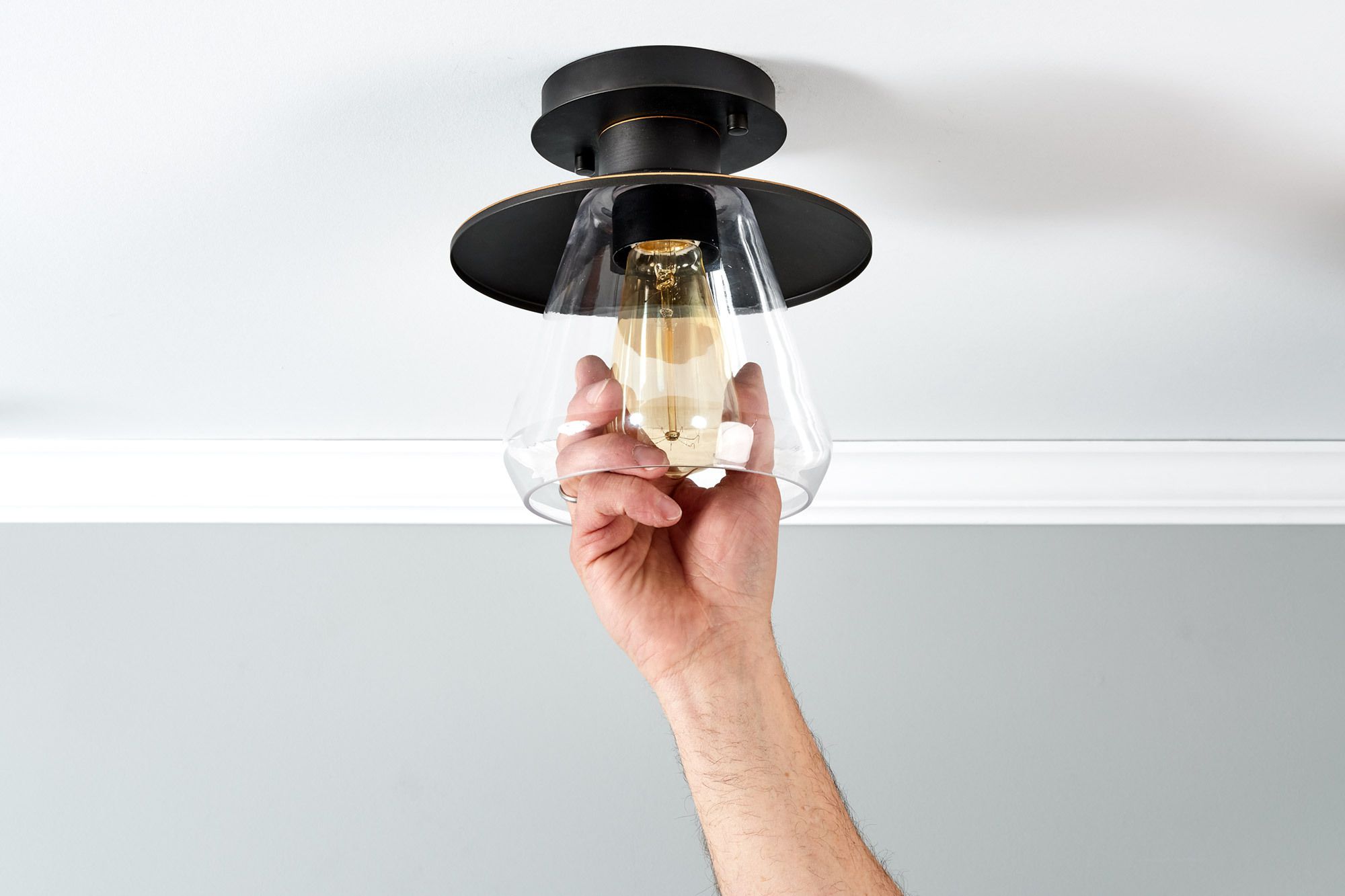
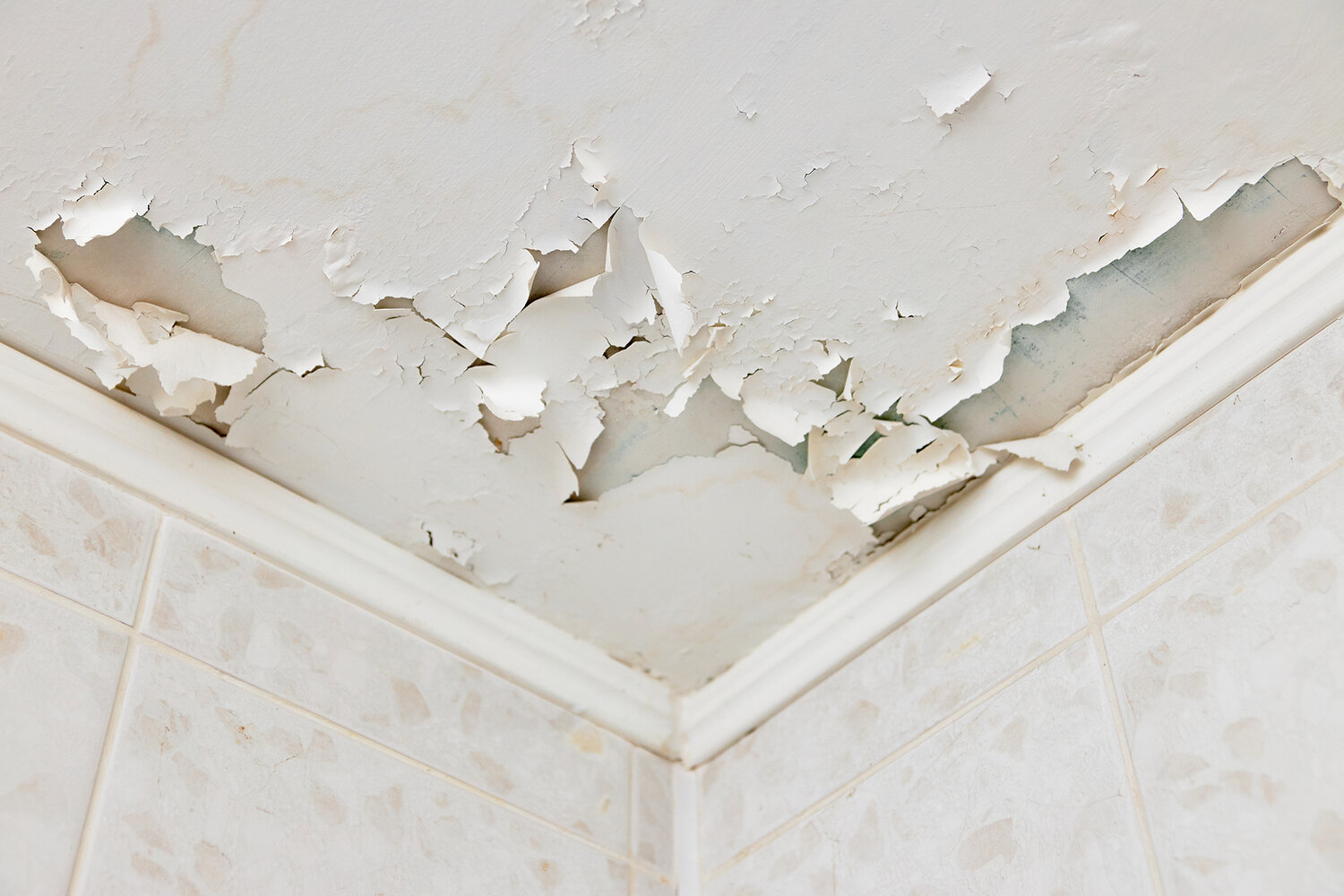
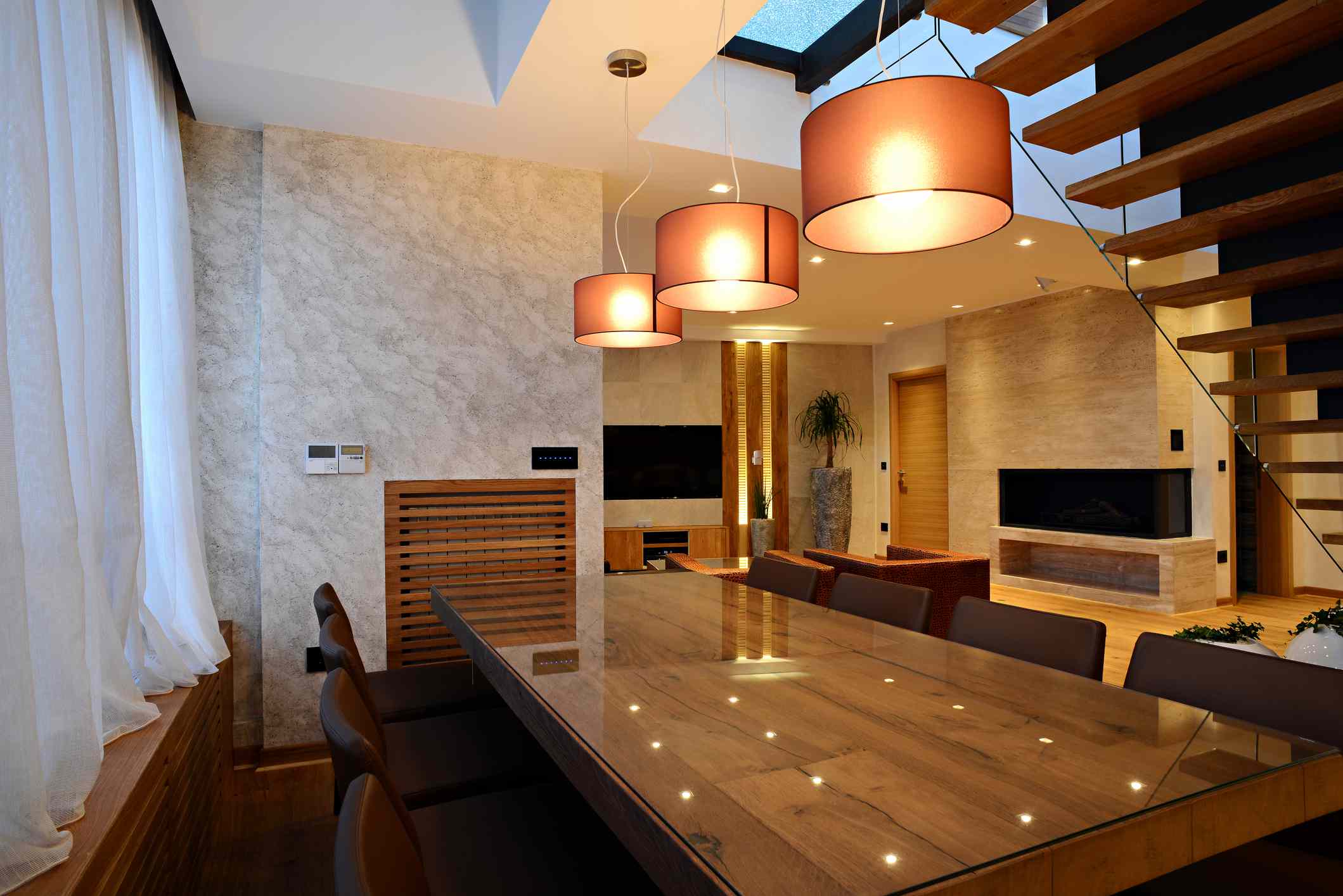
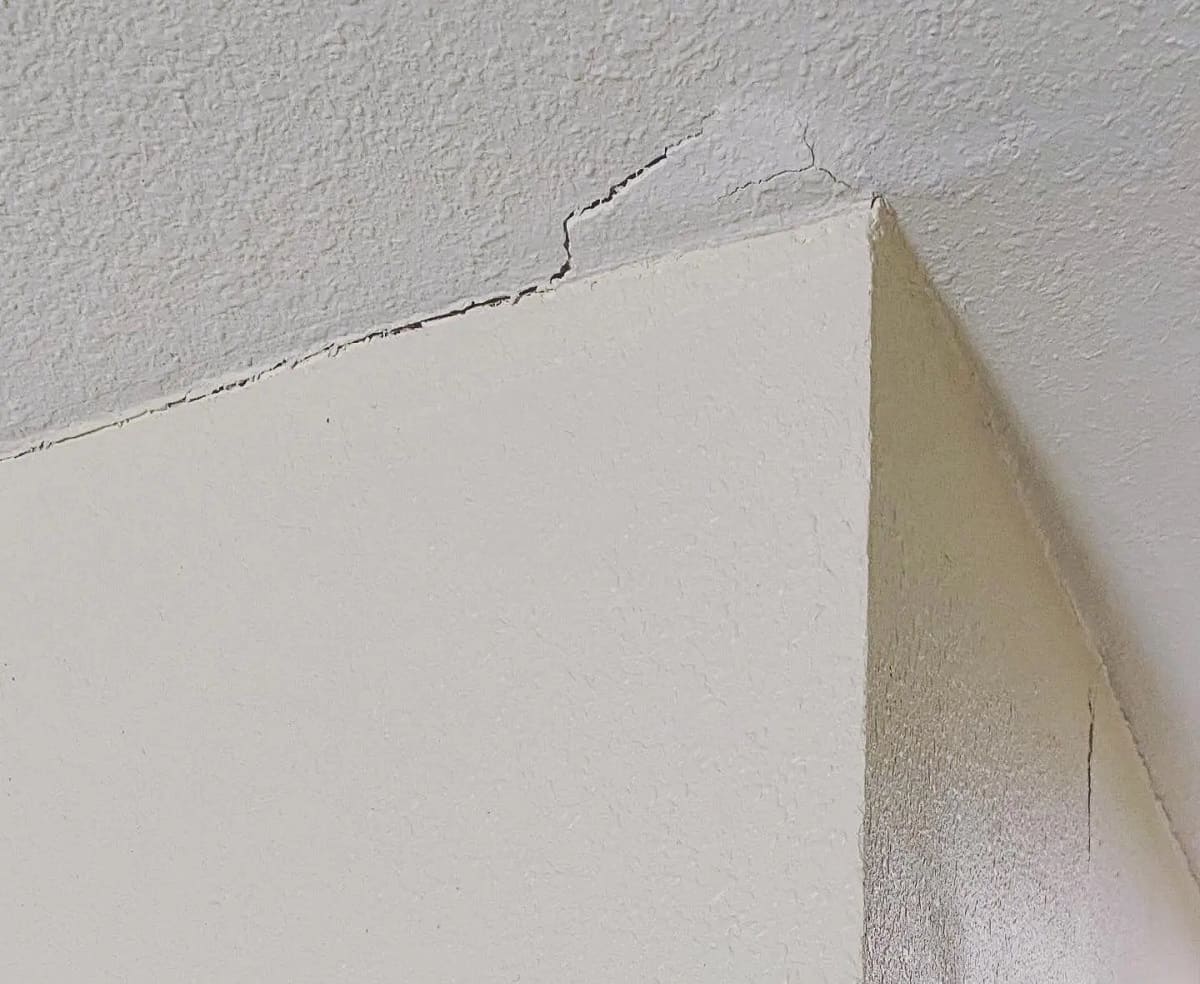
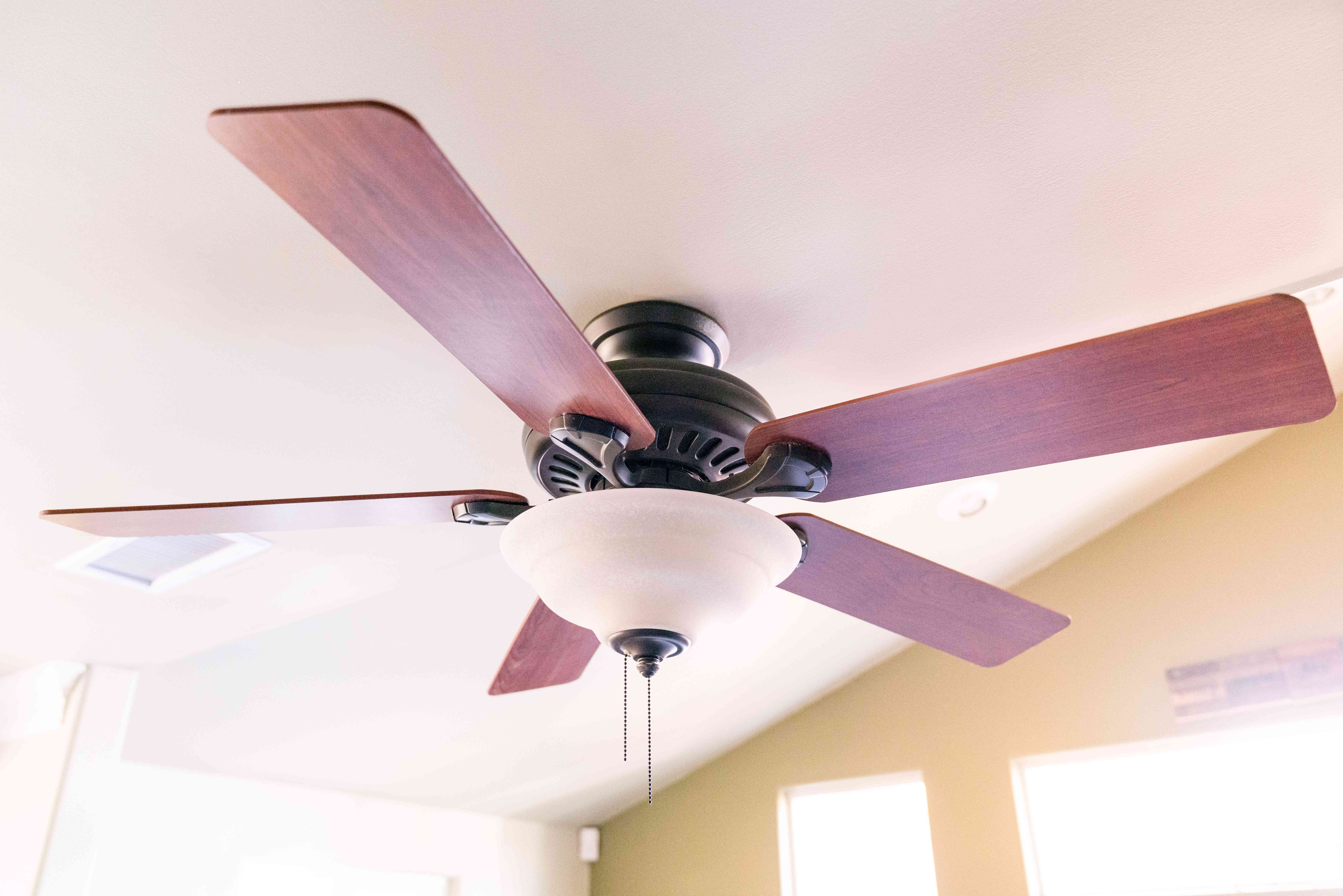
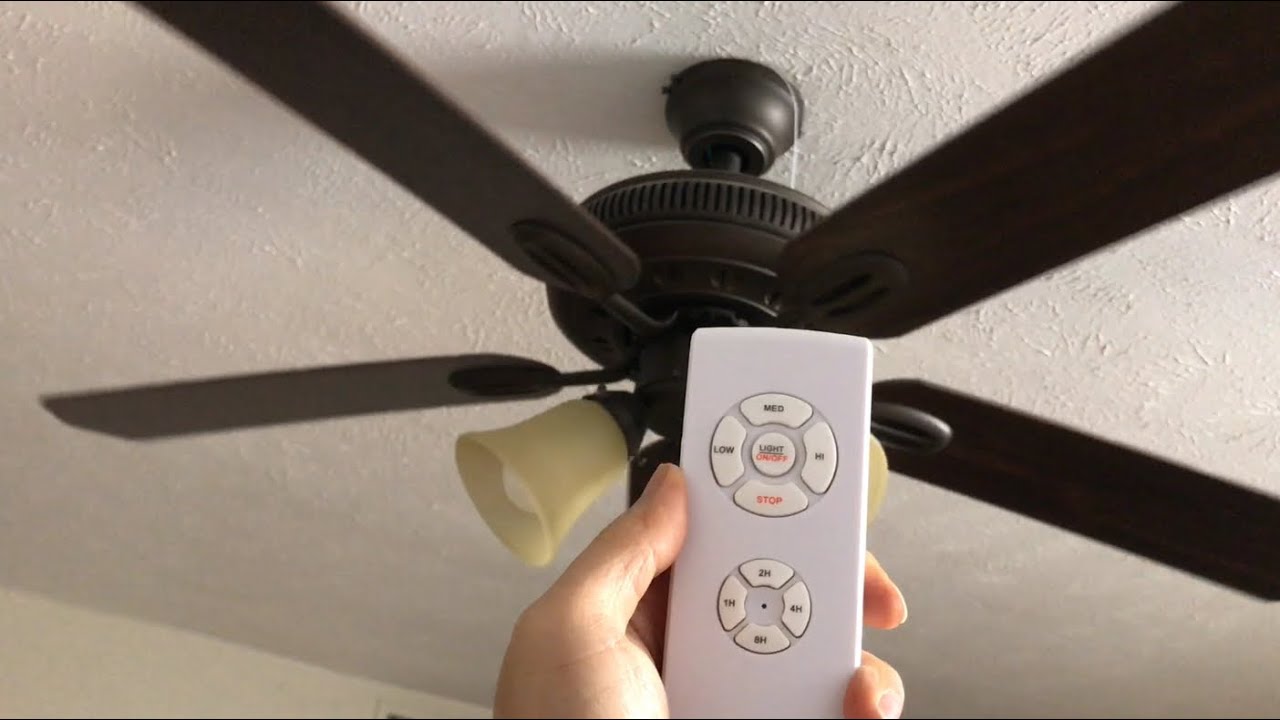
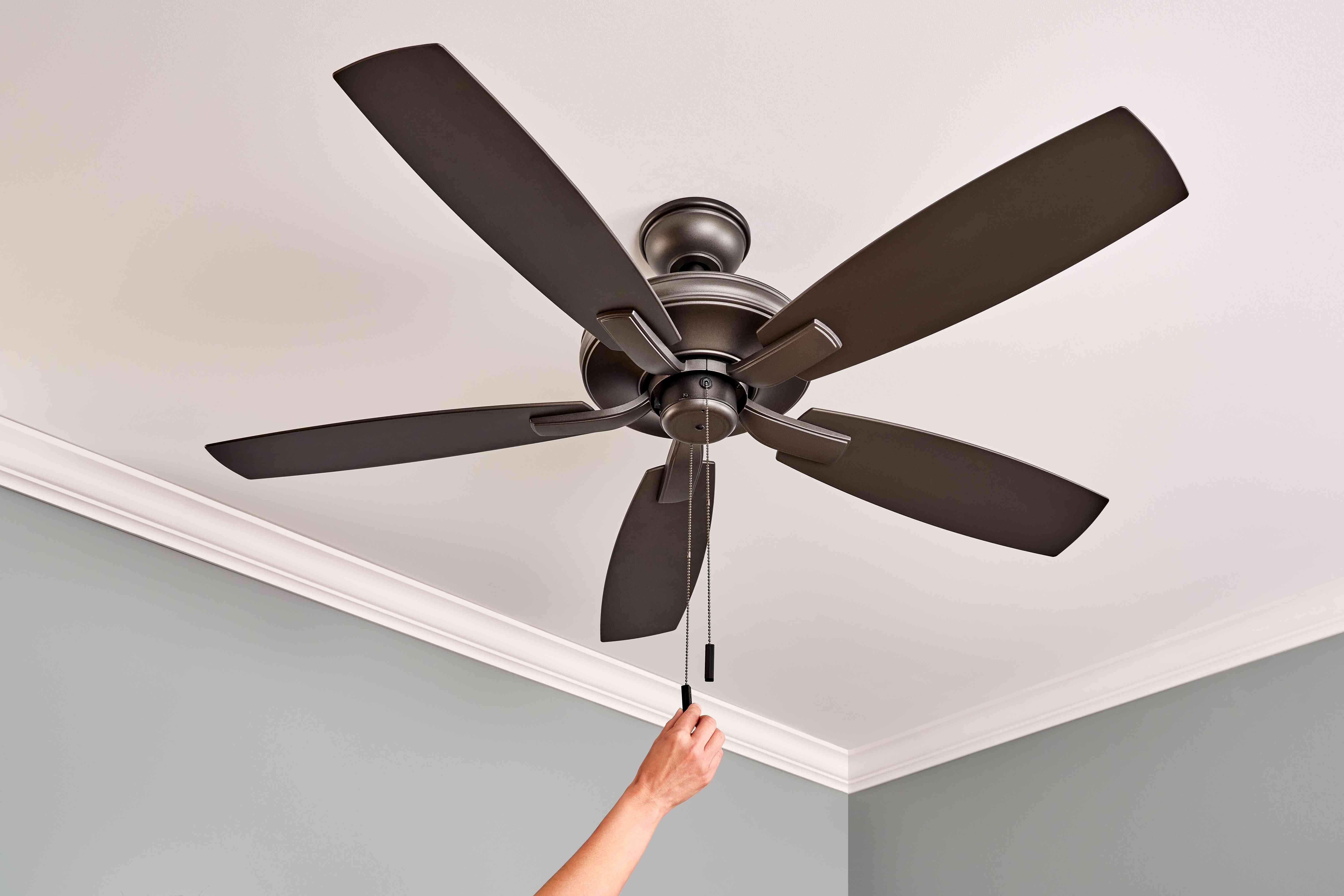
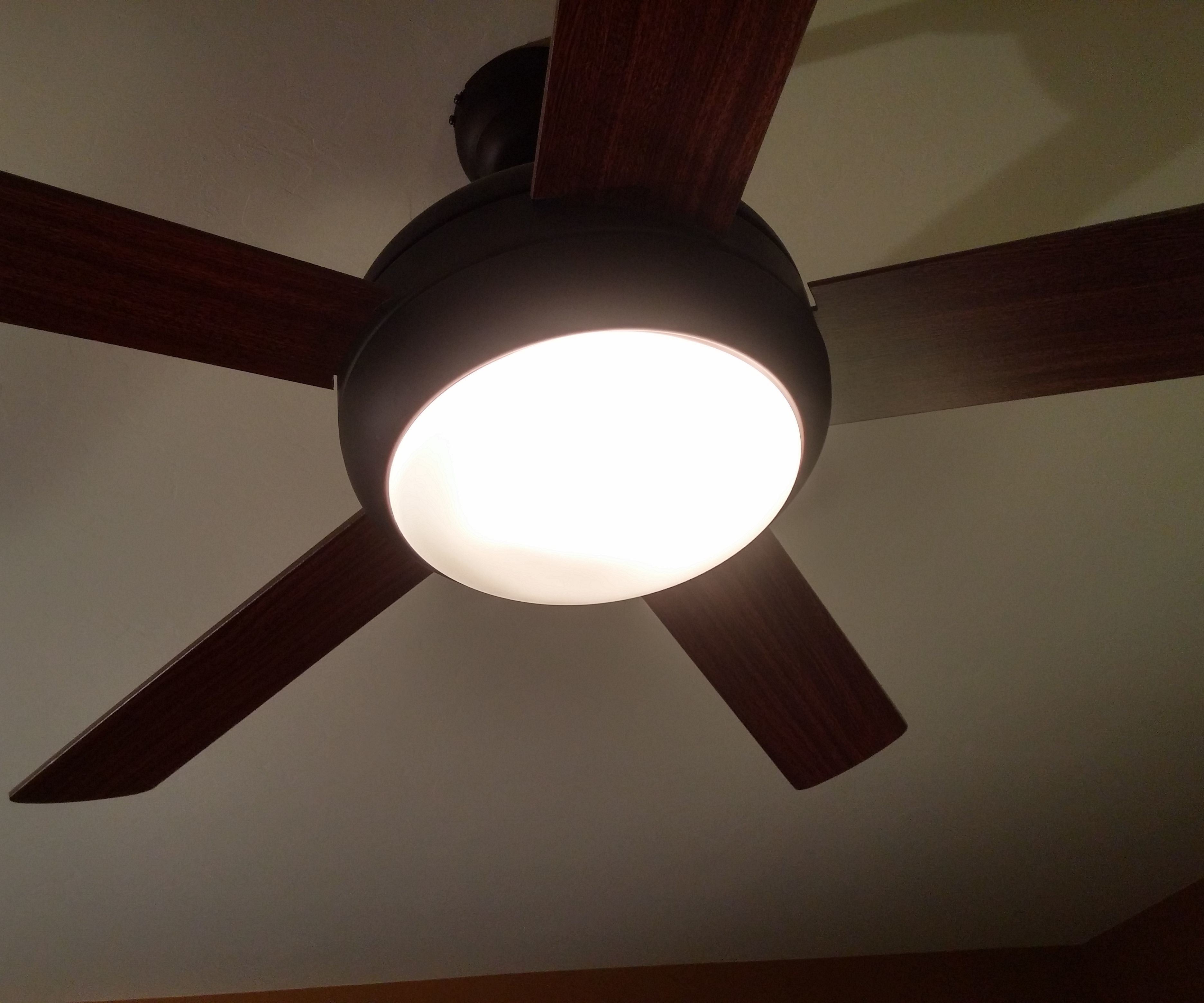
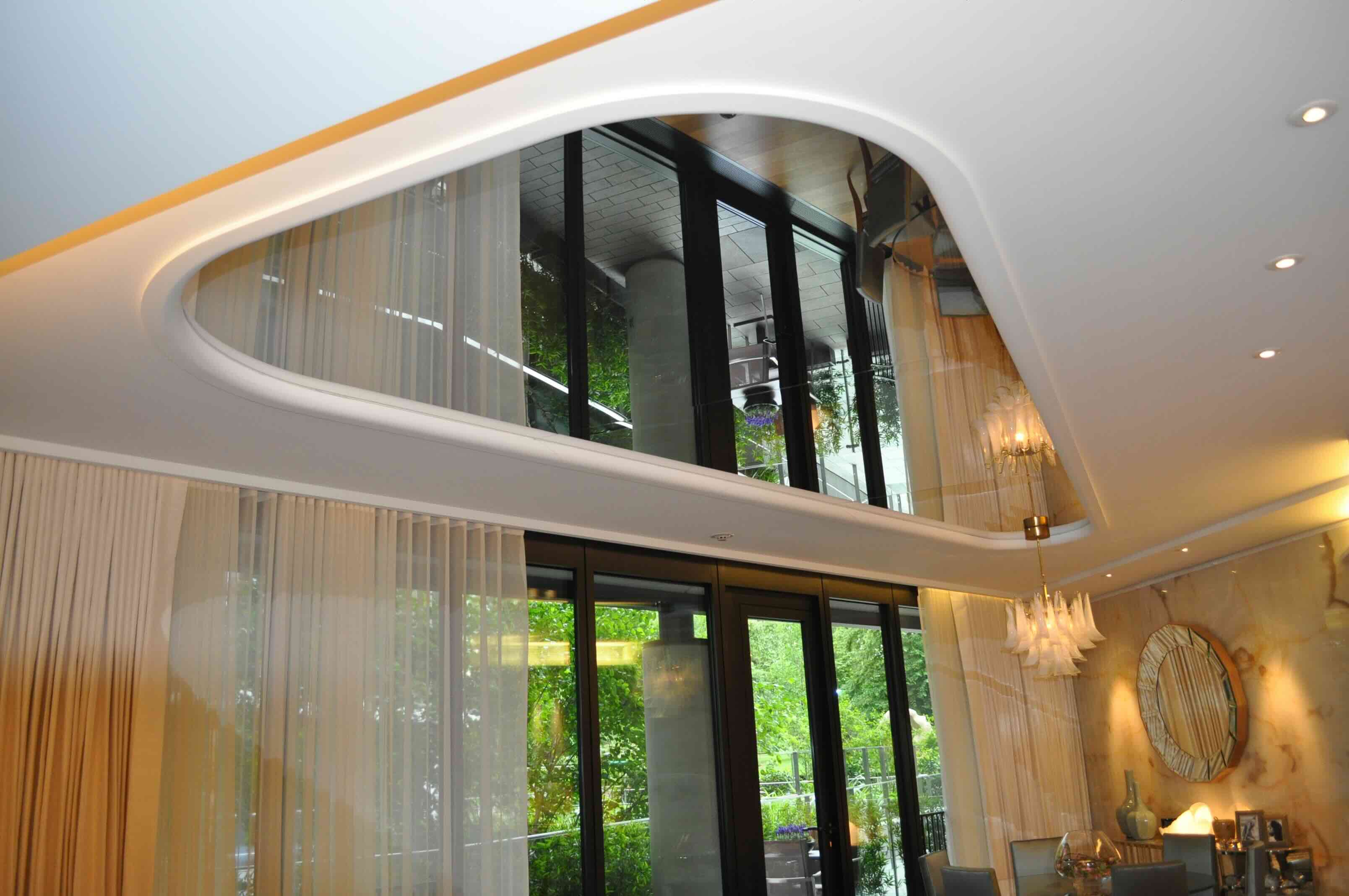


0 thoughts on “Why Is My Ceiling Cracking?”